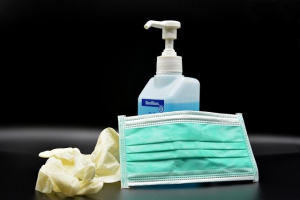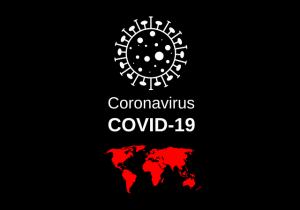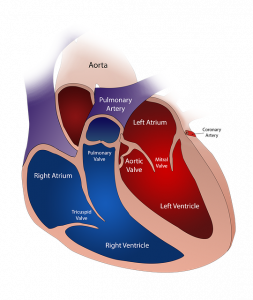
A recent review article presents the evidence that low selenium status in pregnant women may be implicated in the following complications [Duntas 2020]:
- miscarriage
- preeclampsia
- pre-term birth
- retarded fetus intrauterine growth
- post-partum hypothyroidism and auto-immune thyroiditis
To ensure an optimal pregnancy outcome, Dr. Leonidas Duntas recommends that physicians take an individualized approach and prescribe dietary and supplemental selenium intakes that are tailored to the pregnant woman’s needs.
Why is Adequate Selenium Important for Pregnant Women?
Selenium is an essential trace element. Its intake and status in the blood plasma can vary considerably according to a number of factors [Duntas 2020]:
- differences in diet and nutrition
- differences in soil and plant selenium content
- ethnic differences
- genetic differences
Without a blood selenium test, it is not possible to know whether women planning a pregnancy have sufficient circulating selenium. The Mayo Clinic reports that the normal selenium concentration in adult human blood serum in the United States is 70 to 150 micrograms per liter with a population mean value of 98 micrograms per liter.

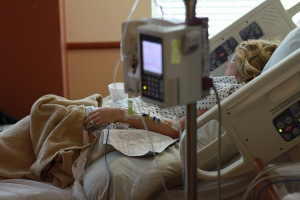
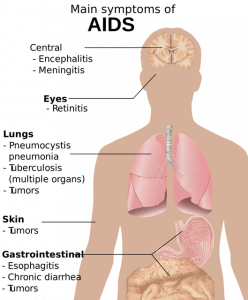
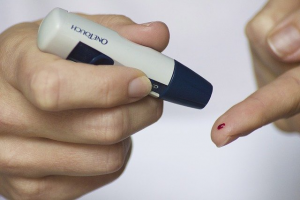

 Selenium and viral infections, what do we know?
Selenium and viral infections, what do we know?